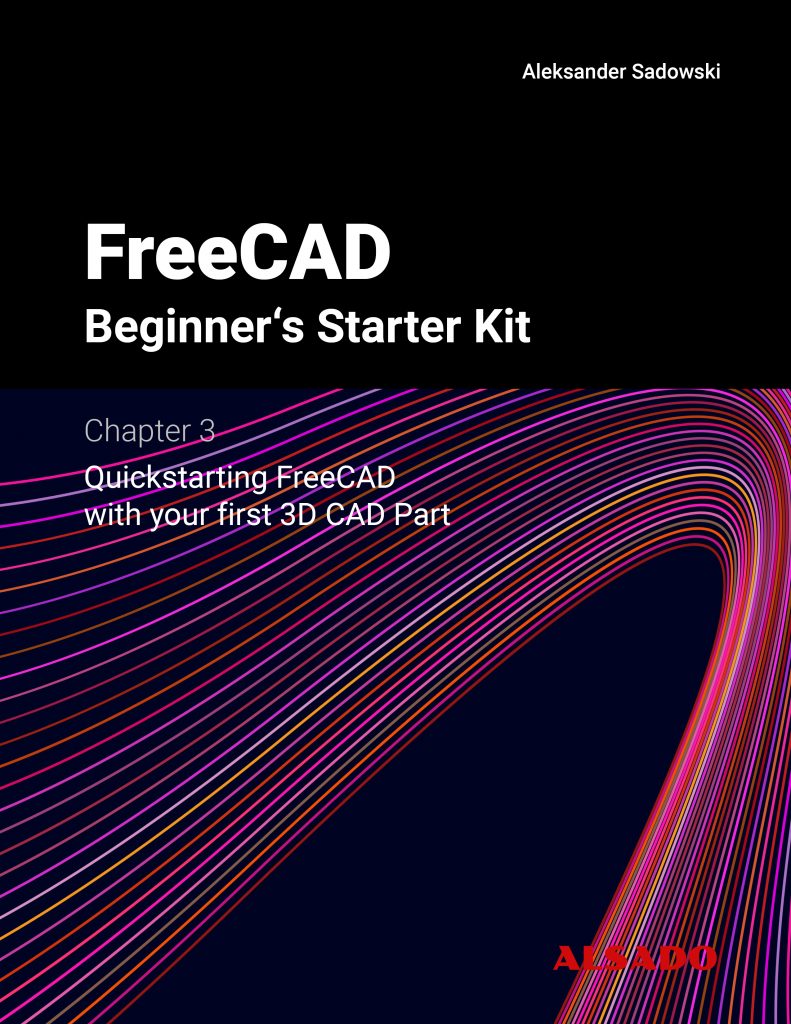My friend and myself agreed to also meet this summer, after last summer has been a great experience for us both. We learned a lot while using the emco and doing more and more complex parts programming everything by hand.
In winter before we would meet, we thought about what we would produce on our small cnc machine. The first thing that came into mind was building parts for a custom 3d printer, that would have a heated build chamber, so that it is possible to easily print parts with it using ABS and maybe even Nylon. While we were designing all the parts for the 3d printer it hit us. The parts were going to be way to complex, to be produced on this machine using hand programmed code. We did not know how to proceed at this point and the general consensus was that out yearly machining-meeting would have to be canceled, as we did not want to produce anything else.
Weeks passed by, it was already spring. I was watching videos on youtube and there was the turning point. On one of the videos that I watched I got a video recommended that showed a modified emco f1 cnc. At this moment I did not know what I am about to discover.
The video was about how someone has build a custom cnc controller. So I researched about how to build this new controller, figuring out its name was “LinuxCNC”. I reasearched LinuxCNC and I was impressed by the functionality that this CNC controller provides. Later on I also discovered that Fusion 360 is capable of exporting g code for that specific cnc controller. It would totally transform our small emco into a production beast.
At this moment the plan was set. Convert our machine to use the custom cnc controller based on LinuxCNC and then produce our parts this way. Youtube videos became a great help at researching how to do the conversion. I realized that replacing the original emco axis motors with a new set of motors and drivers would keep us from having to reverse engineer the old motors. So I ordered 3 closed loop stepper motors including the matching drivers. While waiting for the order to arrive I started playing around with LinuxCNC on an old computer I had just sitting around.
Setting up LinuxCNC was a tedious but easy task, thanks to all the information that is on the internet. The new axis motor arrived 3 weeks after I have ordered them, meaning that I had a lot of time playing around with LinuxCNC. It is possible to operate LinuxCNC without the axis motors.
As the new axis motors arrived I opened up the package right away and started mounting them to replace the old motors. Oh no… the new pulleys would not fit. I have not thought about how the old pulleys would be mounted. This was a mistake. Time steadily progressed, and summer was just around the corner. I needed to solve this problem.
I went on the internet and wanted to see how others have solved it, but there was not even a single source that has shown that. I needed a different plan. I did something I usually would not do. I went on Alibaba.com. I couldn’t find fitting pulleys anywhere else. And there it was, the perfect pulley that would fit and thus finish converting the axis. But no, it was not over yet. The shipping time was around 2 months. That wouldn’t work, because my friend was arriving in just 3 weeks. Then I did something that probably no one has ever done. I went with the express shipping option that cost me 50 Euros for pulleys that cost 10 Euros in total. This hurt me a bit inside, but it was the only option to make the machine work in time.
The new pulleys arrived in just 1 week and I immediatelly mounted them and it worked. I was traversing all axis using LinuxCNC. It was a happy day. That day I went on a long walk to process all this. It was great.
Getting Started with FreeCAD
Jumpstart your first 3D CAD project with the open-source software FreeCAD and this illustrated step-by-step guide.

Exploring newest story
- Learning from scratch how to create custom features in FreeCADThis will give you an overview on how to get started with developing custom FreeCAD features. To get started follow the Create a FeaturePython object part I tutorial on the FreeCAD wiki. The examples in this blogpost are from the tutorial in the FreeCAD wiki. Setting up the folder structure for the custom feature project… Read more: Learning from scratch how to create custom features in FreeCAD